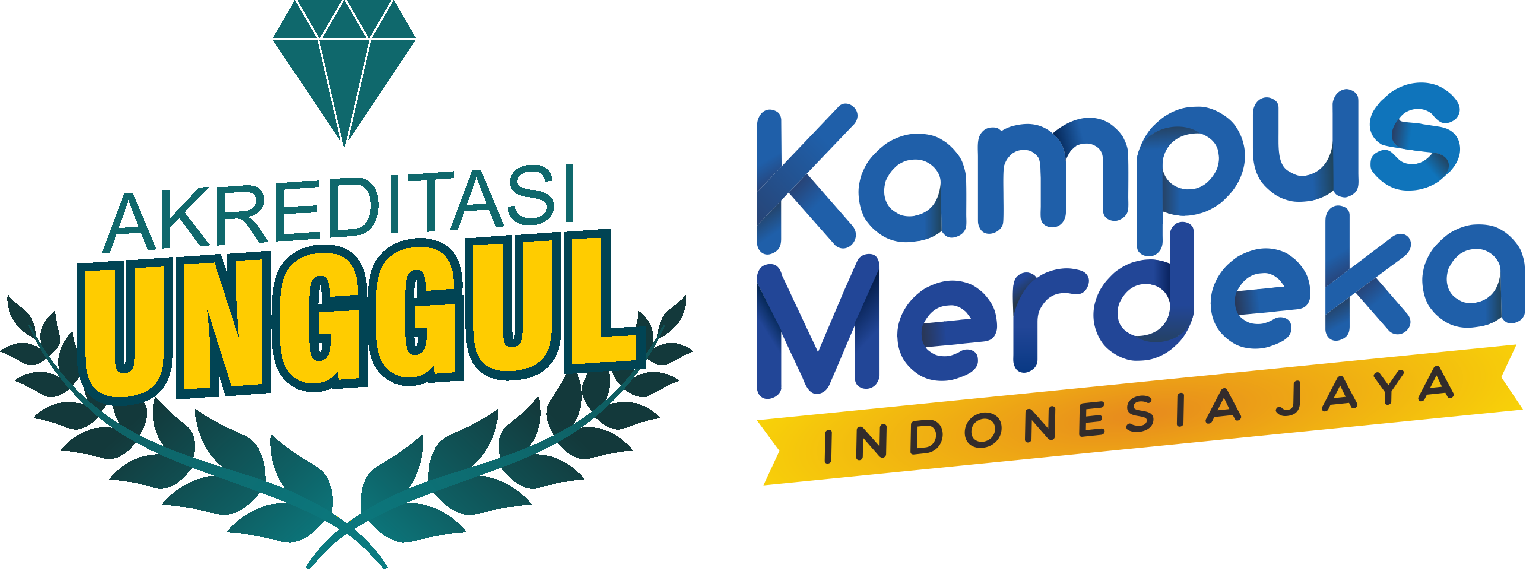National Monthly Webinar: Adapting Ergonomics and Occupational Safety and Health in Modern Digital-Based Work Systems
On Friday (June 13), the Industrial Engineering Study Program, Faculty of Industrial Technology (FIT), Universitas Islam Indonesia (UII) held a monthly national webinar titled “Adapting Ergonomics and Occupational Safety and Health (OSH) in Modern Digital-Based Work Systems.” The event aimed to highlight the importance of ergonomics and occupational safety and health (OSH). The objective is to address the significant changes brought about by the 4th Industrial Revolution and Society 5.0.
Syawarani Gayatri, as the Master of Ceremony, welcomed participants at 9:30 AM WIB via online platform. Distian Pingkan Lumi, an Industrial Engineering student at UII, facilitated the session and subsequent discussions.
Experience of the Speaker
This webinar featured speaker Atyanti Dyah Prabaswari, S.T., M.Sc. She is a lecturer in the Industrial Engineering program specializing in Ergonomics and Human Factor Engineering. Given her expertise, the webinar topic on Occupational Safety and Health is highly relevant for her to present.
With her exceptional experience, Atyanti completed her undergraduate and master’s degrees in the Industrial Engineering Program at Gadjah Mada University. From 2018 to 2022, she served as Head of the Work System Design and Ergonomics Laboratory (DSK&E). Additionally, since 2019 until now, she has been entrusted as the Executive Editor of the Journal of Appropriate Technology for Community Services.
Furthermore, Atyanti Dyah Prabaswari, S.T., M.Sc., explained that Industry 5.0 does not only focus on technology but also places humans at the center of attention.
“We cannot avoid technological advancements. The challenge is not about the loss of jobs but how we master technology to create new, more meaningful, and safer jobs,” she stated.
She presented various case studies of workplace accidents in Indonesia caused by weak implementation of occupational safety and health (OSH) culture. She then provided examples of cases in Morowali and the cargo port as concrete illustrations of weak workplace safety systems. According to her, to reduce accident rates, it is necessary to design integrated AI, IoT, and automation systems ergonomically.
Q&A Session
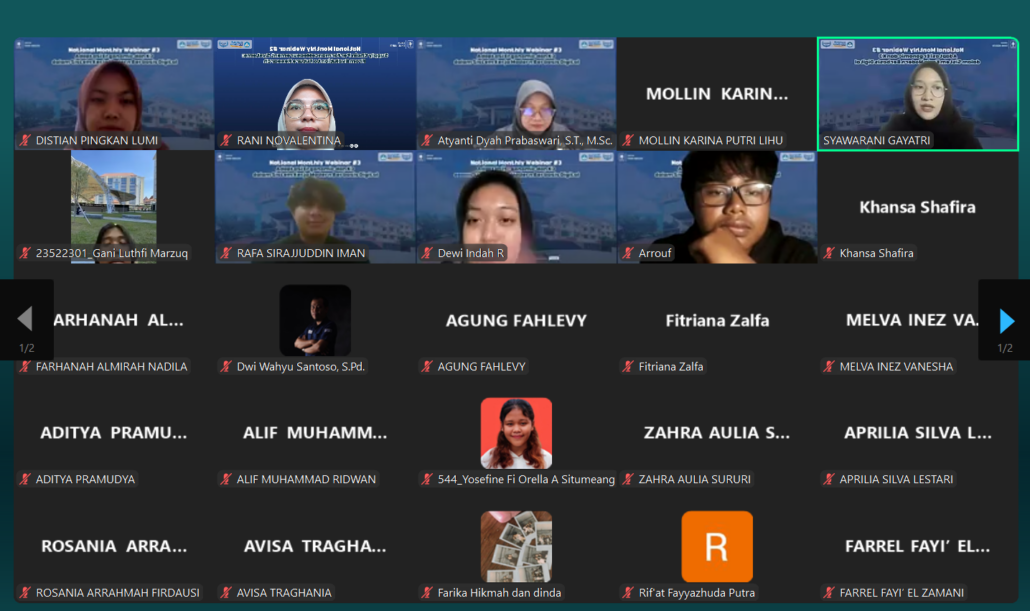
The session then moved into an interactive discussion. One participant expressed concerns about the “illusion of control”—a condition where humans become overly reliant on technology, potentially reducing vigilance and leading to accidents. In response, Atyanti emphasized the importance of continuous improvement and management reviews within every organization.
“We must ensure that technological systems are consistently evaluated and improved through regular management reviews,” she stressed.
At the end of the session, Atyanti highlighted the importance of enhancing human resource capacity through higher education that is adaptive to technology. She encouraged participants not only to be users of technology but also creators of solutions through data analysis and improved human-computer interaction design.
In conclusion, adaptation to technology must occur without eliminating the human role, but by shifting the focus of work from operational to managerial tasks. With high participant enthusiasm, the organizing committee announced that the next webinar will be held in July 2025, featuring other expert speakers from the field of management science.
Rani Novalentina


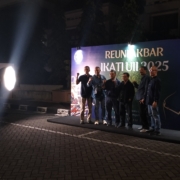

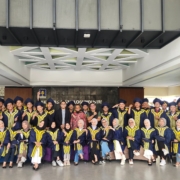

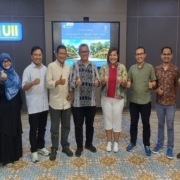

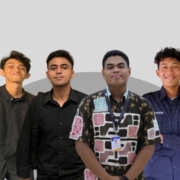
 IP IE UII
IP IE UII 